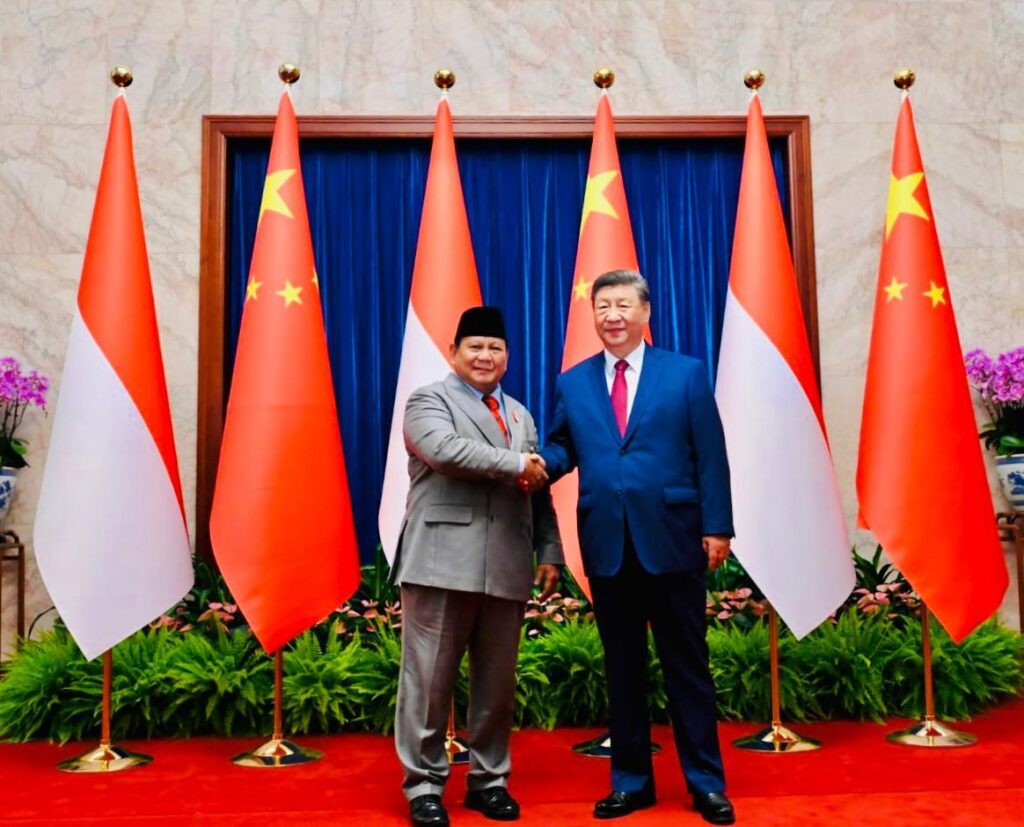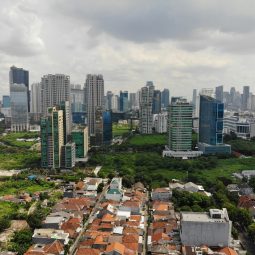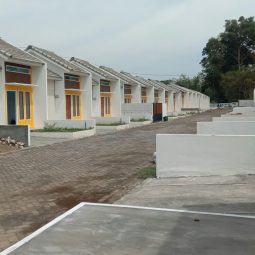This article is the direct opinion of Aaron Aristoteles Hanafi as our Consultant and was previously published on Detik.com and we are republishing it on the Arghajata website to expand our readership. This article has been carefully reviewed to provide accurateness and reliable information, ensuring high standards of quality, credibility, and trustworthiness.
Toward the end of August 2025, Indonesia was shaken by its largest unrest since 1998. Waves of demonstrations once again tested the resilience of democracy. In the midst of this fragile climate, President Prabowo Subianto nevertheless chose to attend the Victory Day commemoration in Beijing on September 3. The move sparked a major question: did the decision reflect insensitivity to the domestic crisis, or was it a calculated step to reinforce Indonesia’s standing while sending political signals both at home and abroad?
To assess this decision, it is not enough to focus solely on political optics. One must look deeper, into the realm of foreign policy doctrine, sources of legitimacy, and the historical foundation of Indonesia’s strategic outlook. A leader is not merely a responder to crisis, but also an interpreter of events who assigns meaning to the moment even if the consequences are not always popular. In this light, Prabowo’s presence in Beijing can be read as a strategic calculation that placed long-term interests above immediate political sensitivities.
Diplomacy never takes place in a vacuum. Every state visit simultaneously addresses two stages: the international arena and the domestic audience. From this perspective, Prabowo’s attendance in Beijing just days after widespread unrest was not simply about honoring an invitation from a friendly nation, but a maneuver directed at dual legitimacy. Domestically, it signaled that the machinery of state remained intact. Internationally, Indonesia sought to project strategic resilience: relevance as a regional power, commitment to dialogue with major powers, and determination not to be consumed by internal turbulence. This pattern resonates with Robert Putnam’s theory of two-level games, which highlights the dual function of foreign policy in reinforcing domestic political legitimacy.
Yet such a message only carries weight if it is backed by credibility and consistency. In an increasingly fragile global order, participation in high-level forums only matters when it reflects a coherent direction. Without doctrinal foundations, Prabowo’s diplomacy could easily be read as reactive maneuvering rather than a structured strategy. The essential question is no longer whether the visit was appropriate, but whether Beijing was part of a broader strategy that could be explained convincingly to both domestic and global audiences.
The coherence of Indonesia’s long-term foreign policy has historically rested on the doctrine of “free and active” introduced by Mohamad Hatta. In 1948, Hatta asserted that Indonesia must not become the object of great-power rivalry, but a subject determining its own course. This principle made sense during the Cold War when the world was bipolar. Today, however, the global landscape is different: open rivalry among major powers plays out against an interdependent backdrop of supply chains, technology, and financial institutions. In this context, a “free” stance risks being read as directionless ambiguity, while an “active” stance often reduces to symbolic participation without substantive impact.
This reality demands doctrinal renewal. The concept of dynamic equilibrium, often invoked to describe Indonesia’s foreign policy sounds adaptive, but in practice tends to be merely descriptive. A more relevant alternative is tactical equilibrium: a framework for middle powers to preserve strategic autonomy by exercising flexible maneuvering, staying engaged with major powers while maximizing bargaining leverage under asymmetrical conditions.
In practice, tactical equilibrium requires constant recalibration of global interests from alliances and priority issues to deciding which forums and visits are strategically worthwhile. Within this framework, Prabowo’s appearance in Beijing can be understood not as a diversion from domestic turmoil, but as a deliberate effort to preserve diplomatic space, expand negotiation options, and demonstrate that internal crisis does not automatically diminish Indonesia’s global engagement.
Still, such a strategy demands consistent narrative and institutional discipline. Without a long-term framework, flexibility risks devolving into opportunism. Conversely, tactical equilibrium can serve as a crucial instrument to preserve strategic autonomy, widen negotiation space, and position Indonesia as a shaper of regional order. In this light, Prabowo’s presence in Beijing amid domestic turbulence only gains meaning if it is read as part of a larger historical narrative: Indonesia as an active actor and balancer amid great-power rivalry. Without that dimension, the symbolism of sitting alongside Xi Jinping and Vladimir Putin could too easily be dismissed as mere protocol.
The optics of stability projected in Beijing cannot be separated from Indonesia’s domestic context following the protests. Internationally projected stability will always be measured against internal consistency, whether the government can quell unrest, maintain legitimacy, and ensure functioning institutions. Diplomatic credibility only endures if supported by robust domestic trust. Without such synchronization, diplomacy risks being perceived as performance, not strategy.
Prabowo’s visit also exposes the paradox of diplomacy, how can a country maintain continuity in foreign policy when its domestic foundation is shaken? The step indeed carries the risk of being interpreted as cold indifference to the people’s hardship, but it can also be seen as a calculation that long-term legitimacy requires the state to remain active on the international stage.
For Indonesia, the choice is not simply whether to appear or not in global forums, but to ensure that every act of diplomacy integrates into a long-term strategy. The world is no longer “two reefs” but an ocean of colliding currents. The challenge for Indonesia is to row through the storm not just to survive, but to chart and shape its future course.
The next test will soon arrive when Prabowo is scheduled to speak at the UN General Assembly. This forum differs from Beijing: the audience is broader, the spotlight sharper, and the competition of narratives far more intense. The world will judge whether the stability projected in China truly reflects domestic consolidation, or if it remains a symbolic projection.


















